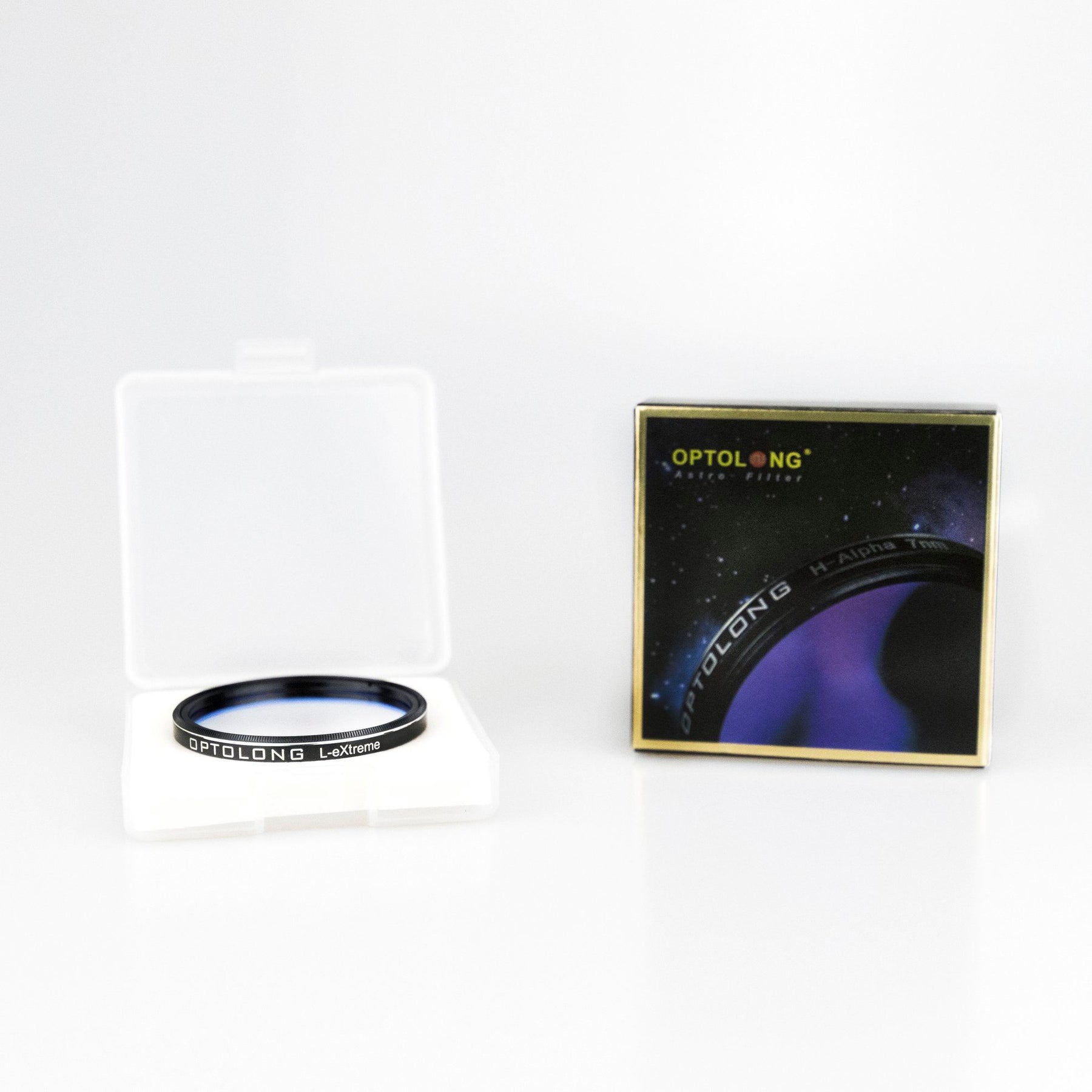
How are Optolong Narrowband Filters used in Astrophotography?
Astrophotography has grown in popularity over the years, with more and more people discovering the beauty of capturing images of the night sky. However, taking stunning astrophotographs requires the right tools, and one crucial piece of equipment is a high-quality filter. Optolong narrowband filters are an excellent choice for astrophotographers looking to enhance their images. In this blog post, we will explore the benefits of Optolong narrowband filters for astrophotography.
First, let's define what narrowband filters are. Narrowband filters are designed to only allow specific wavelengths of light to pass through, blocking out other wavelengths. This makes them useful for capturing specific features in the night sky, such as nebulae or star clusters.
The first benefit of Optolong narrowband filters is that they help eliminate light pollution. Light pollution can be a significant problem for astrophotographers, as it can wash out the faint light of stars and other celestial objects. Optolong narrowband filters work by only allowing specific wavelengths of light to pass through, which helps block out unwanted light pollution.
Another benefit of Optolong narrowband filters is that they can enhance contrast and detail in astrophotographs. By allowing only specific wavelengths of light to pass through, these filters can help bring out specific features in the night sky that may not be visible otherwise. For example, an H-alpha filter can enhance the contrast and detail of nebulae, while an OIII filter can bring out the detail in planetary nebulae.
Optolong narrowband filters can also be useful for capturing images of deep space objects. These objects can be difficult to photograph due to their faint light, but narrowband filters can help bring out their features. For example, an L-Ultimate or L-eXtreme filter can enhance the details in emission nebulae allowing one shot colour images with DSLR and dedicated cameras alike.
Finally, Optolong narrowband filters are durable and built to last. Made with high-quality materials, these filters are designed to withstand the harsh conditions of astrophotography. They are also easy to clean and maintain, ensuring they will continue to produce high-quality images for years to come.
In conclusion, Optolong narrowband filters are an excellent choice for astrophotographers looking to enhance their images. They can help eliminate light pollution, enhance contrast and detail, capture images of deep space objects, and are built to last. By investing in high-quality filters like Optolong narrowband filters, astrophotographers can take their images to the next level and capture the beauty of the night sky in all its glory.
